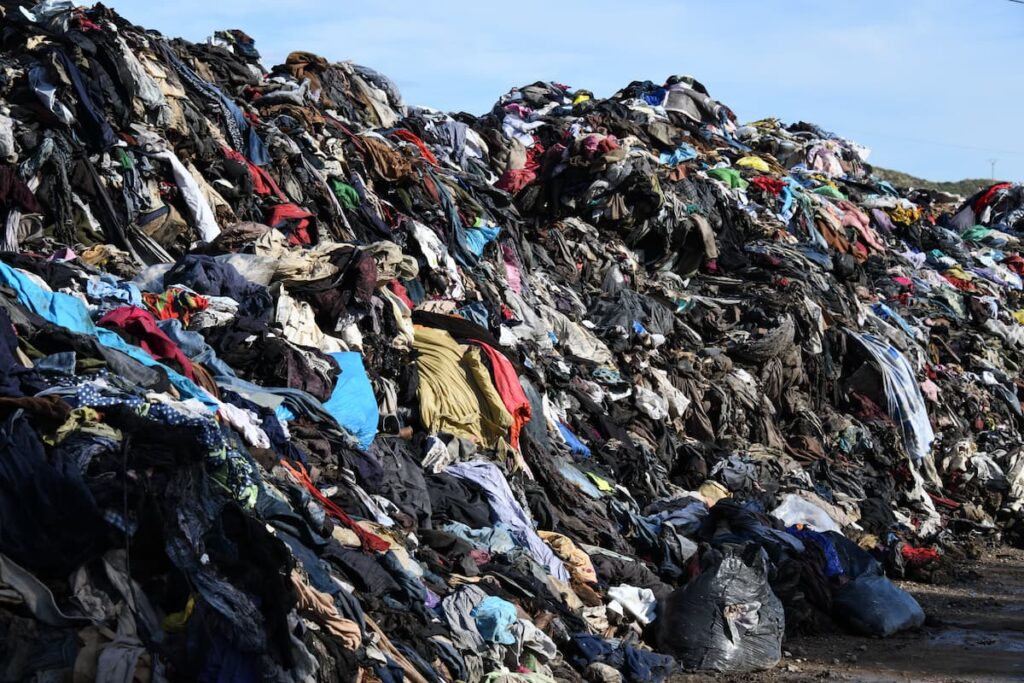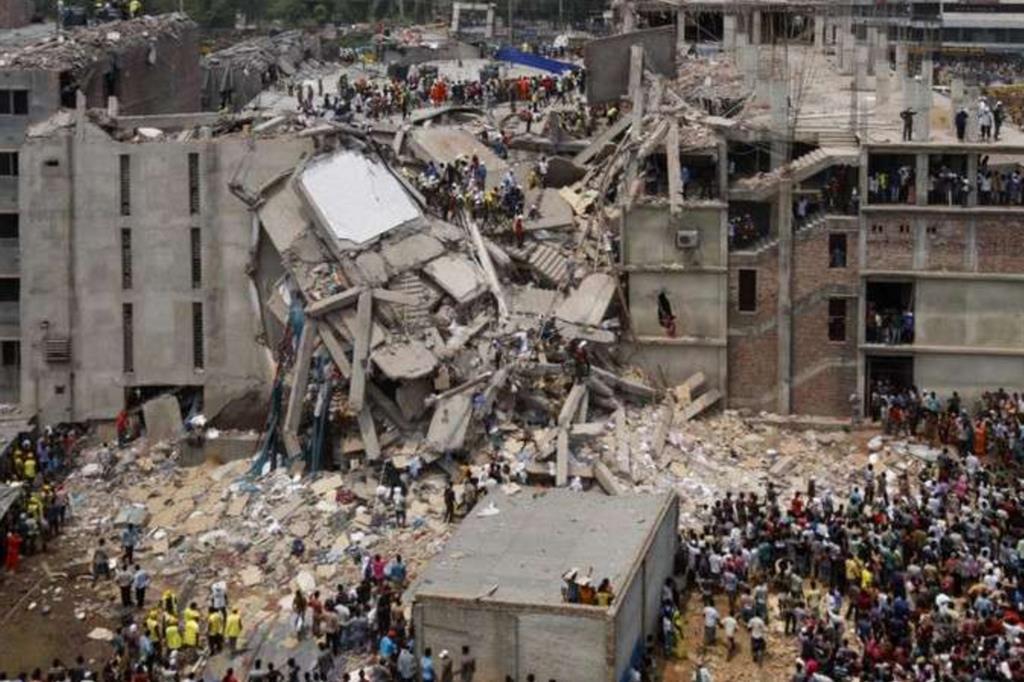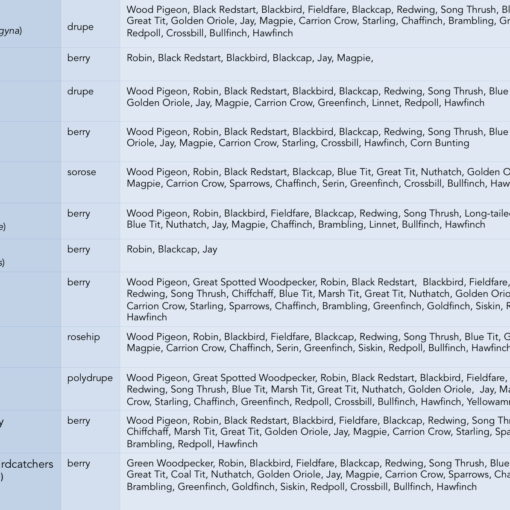The leading sector of the clothing industry for 15-20 years has been constantly changing; a real revolution has directed many brands towards the production of collections inspired by high fashion, but sold at very low prices and renewed in a very short time, to satisfy the need to always keep up with the latest trends inspired by influencers and famous testimonials.
It’s fast fashion, quick, practical, creative, economical, and above all within everyone’s reach.
We find it advertised in magazines, on social networks, and on large posters; we find it for sale in the shopping streets of the cities.
It is a production strategy that leads stylists to continuously create new collections based on market demands, going beyond the traditional spring/summer and autumn/winter collections on which the prêt-à-porter and haute couture collections were based. It is very cheap and with a few tens of euros, you can easily renew your wardrobe and throw away the out-of-fashion and/or barely used garments without regrets. It is often sold on digital platforms, which allow you to return anything that does not meet your expectations without return costs.
Everyone can thus, with little money, easily create their own style, their own image.

For these reasons, especially in times of economic crisis such as the current ones, it is considered by people to be a great resource and this causes large capital movements within fast fashion.
The value of fast fashion in the global market reaches mind-boggling figures. It was $91.3 billion in 2021, in 2022 it reached $99.23 billion; the trend, in constant vertiginous growth, could reach 133.43 billion dollars in 2026. (Report Statista 2022). Over 50 million workers are employed in the manufacturing workshops.
The low prices of individual garments produce the illusory effect of saving money, so every year in the world we buy about 80 billion new clothing items, three times the items we bought 30 years ago, so much so that from 2000 to 2020 the purchase of clothing has increased by 400%. Actually, we buy too many cheap clothes, we produce too much.

From 1975 to 2018, production went from 6 to 13 kg of clothes per person, but 10% of what is produced is thrown into landfills before it even reaches stores.
Purchased garments are kept for very short periods, even less than a season, and every time we rearrange our wardrobes we throw away clothing that has been worn very few times.
At the same time, the quality has decreased, both as regards the materials and the packaging.

Unfortunately, this cheap fashion has a high cost which is paid by other people and by the environment, because in the global market, nobody gives anything for nothing; if you pay a bargain price for a product, someone else is paying the difference in terms of damage to the environment, human health, human rights.
How much does it cost the Earth system?
Recent studies place the clothing industry in second place after oil as a global pollutant.
Research published in Nature Reviews Earth & Environment and reported by Focus confirms the trend already noted in a 2018 study:
• the fashion industry (textiles, clothing, accessories, footwear,…) with 4,000-5,000 million tons of CO2 released annually into the atmosphere, around 8-10% of global emissions, more than the total of all flights international and maritime transport combined. Suffice it to say that the production of a pair of jeans involves companies from 4 continents: the various components with which a pair of jeans is made can travel up to 65,000 km.
• with 190,000 tons, it is responsible for the accumulation of over a third of microplastics in the oceans. Fast fashion has introduced the use of cheaper but highly harmful fabrics, fibers such as polyester, nylon, and acrylic are plastics that contribute to the pollution generated by plastic: with a polyester laundry 700,000 microplastic fibers are released into the environment.
• contributes 20% of industrial water contamination worldwide. 2,700 liters of water are needed to produce a single shirt, the equivalent of a person’s water needs for two and a half years
• produces more than 92,000 tons of textile waste annually (which also includes unsold or discarded clothing, leftover dyeing solutions, and fabrics damaged due to improper treatment). 300,000 tons of discarded clothes, destined for landfill or incineration.
A part of the garments that we throw away is sent to Africa in bales called Mitumba, a word that in the Swahili language means “second hand”, destined for local markets. Being a poor quality material, it soon ends up in increasingly large landfills, so much so that in Nairobi, Kenya, around 20 million kg of textile waste has to be disposed of by the city every year.
In the Atacama desert, the driest on Earth, on the west coast of Chile, it is estimated that around 39,000 tons of used clothes of various types and materials are illegally dumped every year from Europe, Asia and the United States, compromising a unique territory in the world.

Fortunately in Italy, the Prato Textile District carries on a centuries-old tradition of recycling, managing to process 34,000 tons of textile waste per year destined for important up-cycling projects.
The human costs
How can a t-shirt cost so little, even 3 euros? Surely in the production process, in addition to the failure to comply with the most elementary rules on respect for the environment, the cost of labor is an important factor. If European or American workers cost too much, they just move production to third countries where there is no protection for workers, where the concept of workers’ rights is unknown; countries such as India, China, Cambodia, or Bangladesh where the cost of labor is very low and a 12/16 hour work day is paid 1.90 – 2.40 dollars (data taken from the Rosita Factory in Bangladesh reported in the documentary “Fashion victims” by Sarah Ferguson).
Often workers (even children) are forced to work in unsafe conditions, in contact with toxic substances, sometimes chained to sewing machines, in poor hygienic-sanitary conditions, and in factories with dilapidated structures. One can speak of human exploitation if not of real slavery.
So, we women who celebrate March 8 in remembrance of 123 workers and 23 workers who died in the fire of the Triangle Shirtwaist (NY) garment factory in 1911, we must also remember April 24, 2013, when in Savar, a sub-district in the Greater Dhaka area, capital of Bangladesh, due to structural failure, the Rana Plaza, an eight-story commercial building collapsed causing 1,129 victims, almost all women. The building housed several shops and a bank, but above all numerous low-cost clothing factories on behalf of well-known European clothing brands which employed around 5,000 people.
Here is the real price of the t-shirt!

It is true that shopping is a rewarding activity, even comforting, however, before buying, let’s ask ourselves: Do I really need what I’m buying? Who is it that decides it?
Credits
Maria Beatrice Lupi, a naturalist and expert in training, planning for sustainable development, participatory methodologies, and European planning. Currently, she is involved in dissemination and education for sustainability.
Translation by Maria Antonietta Sessa



